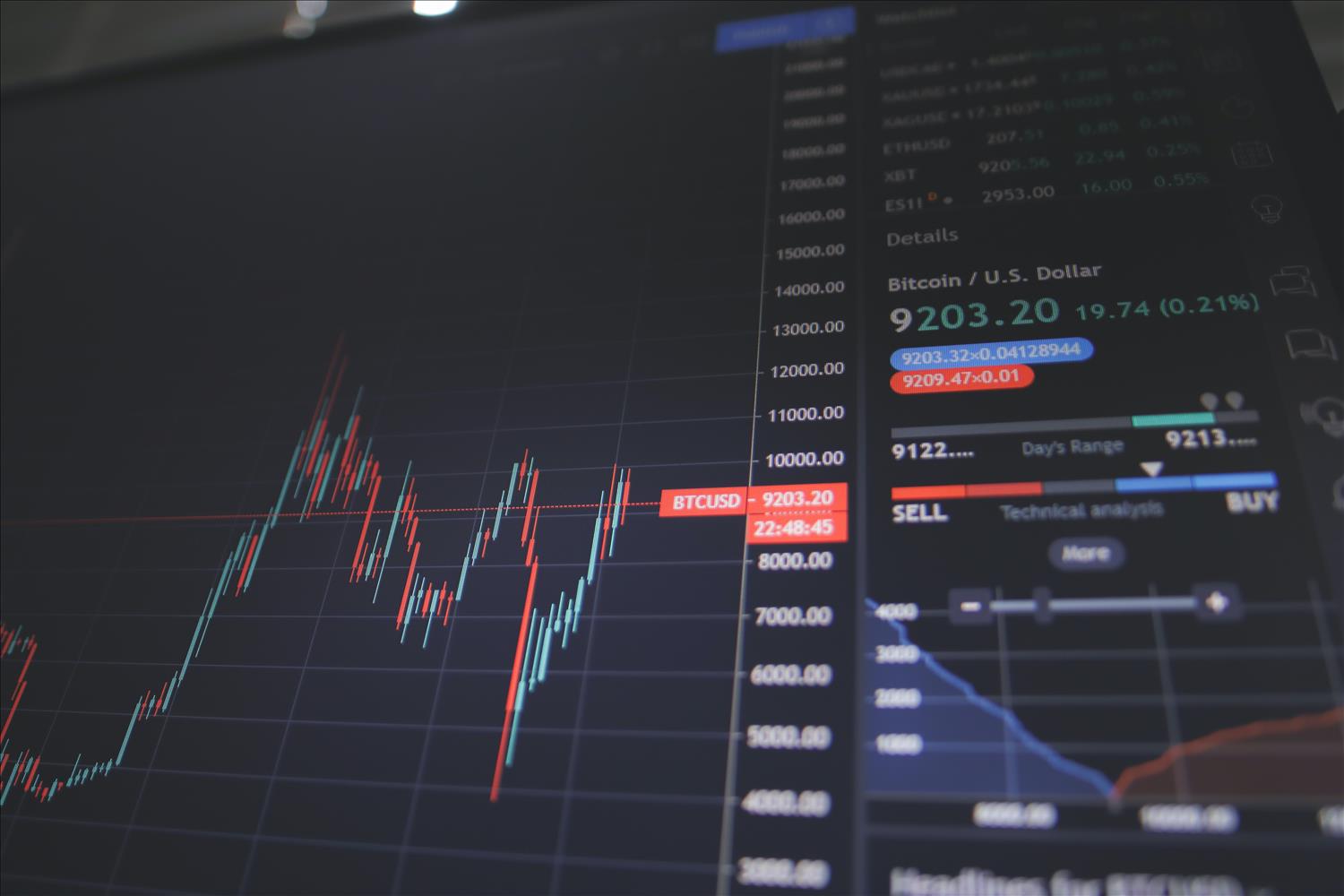
Three Layers of Bitcoin Security
(MENAFN- CCP Marketing)
Satoshi Nakamoto sparked the cryptocurrency marathon by launching Bitcoin in 2009. Since then, many other virtual currencies have emerged. However, most of these virtual currencies use the same technology as Bitcoin. That is the blockchain.
Bitcoin is the pioneer and most popular digital currency in the world. It uses a decentralized system operating without servers but each computer or node executing transactions. Ideally, each node in the Bitcoin network performs tasks like keeping transactions’ data. Participants can also form a group and run a reality alternative version known as a fork. The fork works by the rules similar to those of a decentralized system but has a different state.
Nevertheless, many people want to trade or invest in Bitcoin because they consider it secure. And this virtual currency has three security layers as follows.
Tokens and Coins
In the crypto world, security starts with the protocol. When choosing the virtual currency to purchase or invest in, consider the risks surrounding its protocol. If a person can identify flaws in the protocol, they can exploit them and compromise the network. That means you won’t be safe either, regardless of the wallet or crypto exchange you use.
At the tokens or coins layer, you can have these currency types:
- ICO-issued tokens like MOBI and EOS
- Coins like Bitcoin and Bitcoin Cash
The technical aspects differentiate these types of coins. However, all coins are copies, also called forks or independent network protocols. When researching the protocol of a virtual currency, find out whether somebody can centralize it. For instance, some people argue that the largest mining pools have centralized Bitcoin. Thus, these pools can cooperate and compromise the Bitcoin network.
Don’t forget that an innovative contract feature is the basis of most coins. Therefore, their trust and security depend on the parent cryptocurrency.
Exchanges
Exchanges are the second security layer for Bitcoin or other virtual currencies. Platforms like BitIQ allow people to purchase this digital currency using fiat money. Developers use custom code to write crypto exchanges with infrastructure security. But this doesn’t depend on the blockchain. That means a crypto exchange is a classic centralized service on the web that somebody deploys from a data center or the cloud.
Therefore, consider the crypto exchange’s credibility and trust when starting to purchase or trade Bitcoin. Perhaps, you’ve heard about data breaches and security incidents surrounding crypto exchanges. To avoid losing your hard-earned money, exercise caution when choosing the platform to purchase or sell your Bitcoins.
Digital Wallets
Digital wallets form the third layer of Bitcoin’s security. A digital wallet allows you to receive, store, and send Bitcoins. You can use a hot wallet or a cold wallet. A hot wallet is a website-based wallet like an account with a crypto exchange, while a cold wallet is a hardware, software, or paper.
If you choose a hot wallet, it means the wallet provider holds and controls your tokens. With crypto exchange accounts, you can have custom protocols outside the blockchain for accessing them. For instance, a hot wallet provider or the exchange receives the commissions in GAS currency because of the holding with proof-of-stake tokens.
Final Thoughts
Many people argue that security is the fundamental basis of Bitcoin and other virtual currencies. However, this ecosystem’s security can break down if blockchain is not the basis of the infrastructure. Also, violating the distribution principles can put Bitcoin security at risk. Crypto exchanges, hot wallets, and mining pools are not part of the blockchain protocols. Additionally, blockchain doesn’t have decentralized protocols and can have decentralization flaws. Therefore, Bitcoin owners and users should exercise precaution and put extra effort into securing their tokens.
MENAFN22092021006171013398ID1102841081
CCP Marketing
Legal Disclaimer:
MENAFN provides the
information “as is” without warranty of any kind. We do not accept
any responsibility or liability for the accuracy, content, images,
videos, licenses, completeness, legality, or reliability of the information
contained in this article. If you have any complaints or copyright
issues related to this article, kindly contact the provider above.


















Comments
No comment